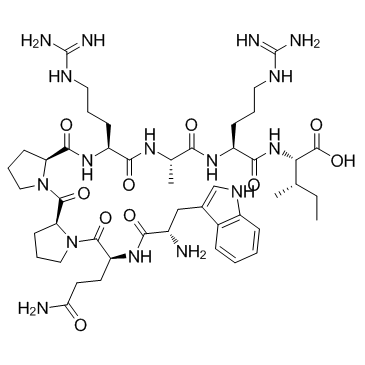| 结构式 | 名称/CAS号 | 全部文献 |
|---|---|---|
 |
纤连蛋白粘附促进肽
CAS:125720-21-0 |
| 结构式 | 名称/CAS号 | 全部文献 |
|---|---|---|
 |
纤连蛋白粘附促进肽
CAS:125720-21-0 |